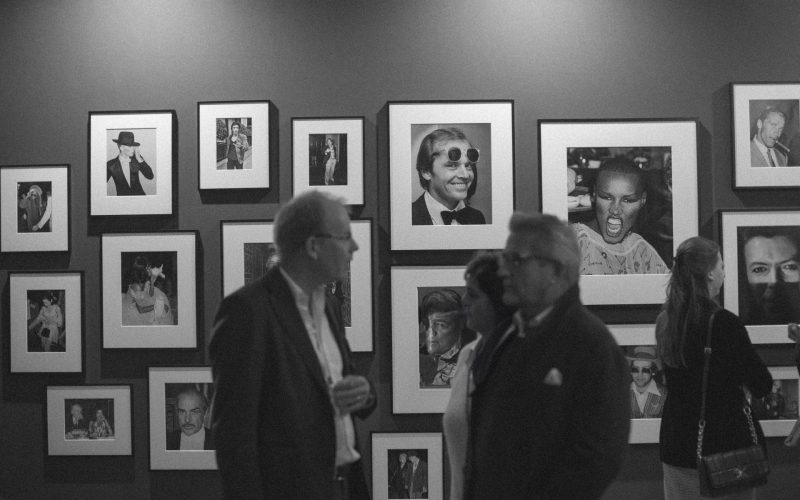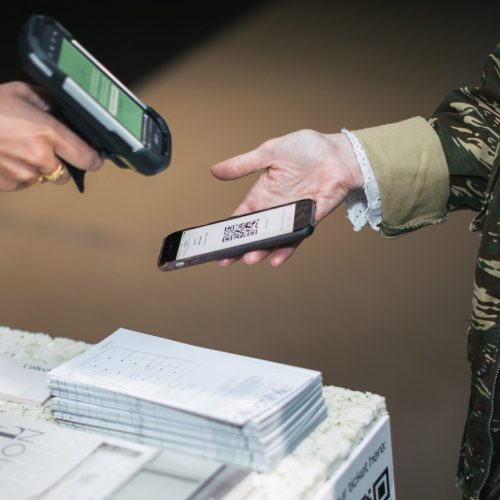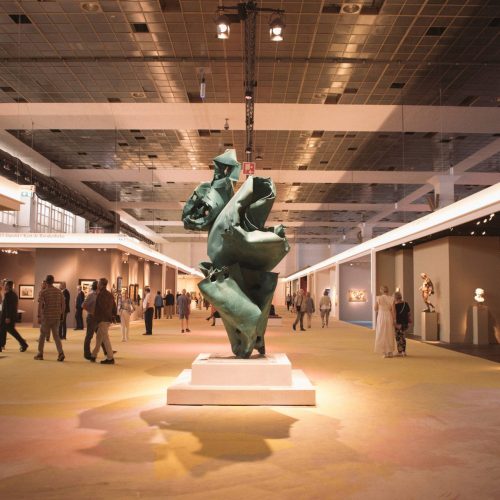
Gerlis decided to write this book during the COVID lockdown, when no physical art fairs were possible at all and she therefore did not have much to do as an art fair journalist. She wondered in which direction art fairs would evolve after the pandemic, at a time when commercial, environmental and social challenges were becoming more pronounced.
Before the corona pandemic, art fairs had already been increasingly transformed into marketing platforms, rather than places where art was actually sold, observes the writer. Business was increasingly conducted via email and WhatsApp, and in the digital world there are countless new ways to reach potential customers. For many galleries, 2020 was therefore a surprisingly profitable year, the book reads, as the high costs of participating in art fairs had been eliminated. According to her, COVID therefore showed that art fairs can not only do things differently, but they must do so if they want to remain relevant in the future.
Meanwhile, art fair organisations also began to realise more and more emphatically that their physical product, the fair itself, is only a small part of the overall picture. In her book, Gerlis draws a comparison with large media companies, which also supplement their dependence on subscription and advertising revenues with new (digital) revenue models. She says it is therefore telling that it was James Murdoch, scion of one of the most powerful media companies in the world, who gave Art Basel a capital injection in 2020. And at Frieze, which was the brainchild of magazine publishers anyway, media veteran Simon Fox was put in charge.
Another development Gerlis outlines is the increasing popularity of art fairs due to the 'experience economy' that emerged at the start of this millennium and found its consolidation in the form of Instagram. While not everyone in the world is cheering this Insta approach to art, art fairs have kept many galleries in business for decades as a result. The economic impact of art fairs therefore extends beyond their own sector. In 2018, it was estimated that the global art trade spent $20.2 billion on external support services, most of which went to art fairs, which also generated the most employment as a result.
Gerlis also observes in her book that the art fair sector has proved very resilient in the face of challenges over the past 60 years. According to her, the pandemic was just another trigger for innovation. Fortunately, the industry could now benefit from the power and reach of rapid technology. That this same technology has permanently changed the art fair world and will change it much more, according to Gerlis, is one thing that is certain. Many galleries have already greatly strengthened their online presence and the growth of digital art has also exploded; NFTs have transformed from gadgets for nerds to serious art investments.
Technology has also increased opportunities for sellers and buyers, according to Gerlis. Galleries exhibit and sell their works online, consumers find their latest art crush as easily on social media as at the gallery around the corner. Yet, according to her, this does not mean that the art fair is a dying business. Because while it is nice and easy to look at and buy art virtually, we still yearn to see and experience art live. She says this is not only because of the huge impact art can have up close, but also because an art fair facilitates the collective, social experience.
Regardless of their form, art fairs will therefore remain an integral part of the global art community, according to Gerlis. A part that goes beyond just buying and selling art. The art fair is still a celebration of creativity, expression and human connection. And in times of change and uncertainty, that is something we can all appreciate and cherish.
In short, reading The Art Fair Story: A Rollercoaster Ride will not only give you a better understanding of the history and development of art fairs over the years, but also provide insider insights that offer a surprising perspective on the art market as a whole. You can order the book as an e-book or hard cover on Amazon and others. Eventpartners has no affiliate arrangements with the author or publisher.

A detailed explanation and tips for organising an art fair can be found in our paper 'Event registration at art fairs'.


